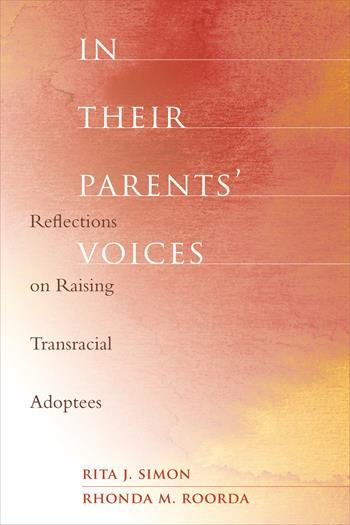Racial and Ethnic Identity Development in White Mothers of Biracial, Black-White ChildrenPosted in Articles, Family/Parenting, Identity Development/Psychology, Media Archive, Social Work, United States, Women on 2013-04-24 22:45Z by Steven |
Racial and Ethnic Identity Development in White Mothers of Biracial, Black-White Children
Affilia
Volume 19, Number 1 (February 2004)
pages 68-84
DOI: 10.1177/0886109903260795
Margaret O’Donoghue, Adjunct Assistant Professor of Social Work
New York University
This article reports on a qualitative research study of the racial and ethnic identity of 11 White mothers who were married to Black (specifically African American) men and were raising biracial children. The uniqueness of these women’s lives, as Whites with an intimate knowledge of the Black experience, makes it difficult to place them within the levels described by current models of racial identity. Through their parenting of biracial children, the mothers had come to a greater sense of their own racial identity and to recognize White privilege and their own White identity. Their specific ethnic identity, as ethnic Whites, has not been passed on to their children.
…Most of the women revealed that in raising their children, they focused on a Black identity, with a somewhat unconscious understanding that the traditions that they, the mothers, could provide were either “just American” or not something their children needed to incorporate into their identities. Essential to this process of White mothers fostering Black culture in their biracial children was the presence of Black husbands. All the women were in long-term marriages with Black men. Their husbands had educated them about Black culture and fostered their knowledge of this ethnicity. Without their husbands’ presence, the women may have found it difficult to impart this sense of ethnic identity to their children….
…In general, the women did not think that their identity had essentially changed since they married, nor did they feel they had somehow “crossed over” and become Black. Many noted, however, that they had become more aware of their own identity as a racial being, as a White person. As was noted in the previous section, before their relationships with their husbands, they had never been placed in a situation of having to consider themselves as having a race. White privilege had previously enabled them to move through social situations without having to consider the impact of their racial identification….
Read the entire here.

